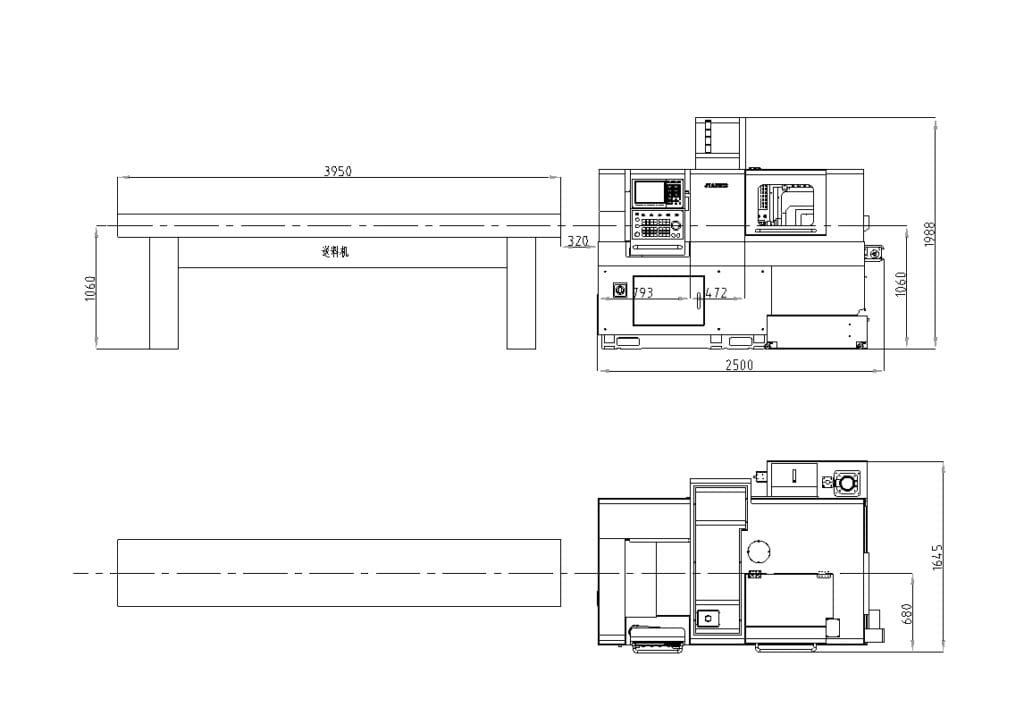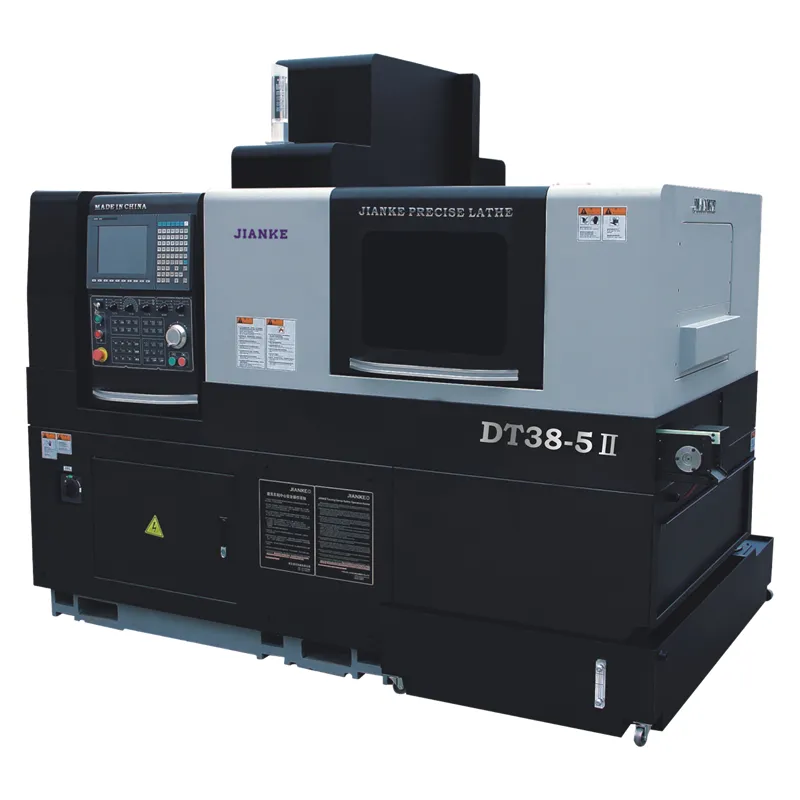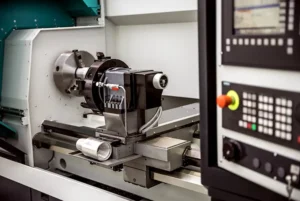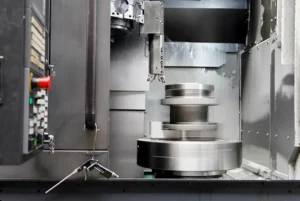As a professional CNC machine tool manufacturer, we understand the critical importance of selecting the right machine structure for heavy workpiece machining. 5-axis CNC Machines, with their multi-angle processing capabilities, have become indispensable in modern manufacturing. However, the choice between double swivel head and double rotary table structures often leaves clients puzzled. This article breaks down the features, strengths, and limitations of both designs to help you make an informed decision.
Overview of Five-Axis CNC Machines Structures
Five-axis CNC Machines come in various configurations, with the most common being:
- Double Swivel Head: The spindle head rotates around two axes, enabling flexible tool positioning for complex angles.
- Double Rotary Table: The workpiece rotates on dual-axis tables while the spindle remains fixed.
- Hybrid designs (e.g., swivel head + rotary table) exist but are beyond this comparison.
Both structures excel in different scenarios, particularly for heavy workpiece applications.
Double Swivel Head Structure Explained
How It Works: The spindle head swivels along two axes, allowing the tool to approach the workpiece from multiple angles without moving the workpiece itself.
Advantages:
- Ideal for oversized or ultra-heavy workpieces since the workpiece remains stationary.
- Wider tool access reduces repositioning needs, saving time.
- High structural rigidity due to direct weight distribution through the machine base.
Limitations:
- Complex mechanical design increases maintenance costs.
- Slightly lower spindle rigidity compared to rotary tables, limiting heavy-duty cutting.
- Swivel angles typically cap at 130°, restricting extreme-angle machining.
Best For: Aerospace components, energy sector giants (e.g., turbine blades), and heavy machinery parts.
Double Rotary Table Structure Explained
How It Works: The workpiece rotates on dual-axis tables while the spindle remains fixed, enabling precise multi-face machining.
Advantages:
- Superior spindle rigidity for high-precision, heavy-cutting tasks.
- Simpler mechanics reduce maintenance costs.
- Ideal for medium-sized workpieces requiring complex geometries.
Limitations:
- Workpiece weight and size are limited by table capacity.
- Unsuitable for extremely heavy or oversized components.
Best For: Mold making, automotive parts, and medical device components.
Heavy Workpiece Machining Requirements
Heavy workpieces demand:
- Exceptional load-bearing capacity to handle massive weights.
- Vibration resistance for stable machining.
- High rigidity to maintain precision under stress.
Choosing the right CNC Machines involves evaluating:
- Machine rigidity and load capacity.
- Workpiece fixturing ease and safety.
- Tool accessibility and motion range.

Head-to-Head Comparison for Heavy Workpieces
| Criteria | Double Swivel Head | Double Rotary Table |
|---|---|---|
| Load Capacity | Exceptional (workpiece stationary) | Limited (workpiece rotates) |
| Machining Range | Broad tool access | Restricted by table size |
| Precision | High (slightly lower spindle rigidity) | Extremely high (stable spindle) |
| Cutting Power | Moderate | Heavy-duty capable |
| Maintenance Cost | Higher (complex mechanics) | Lower (simpler design) |
| Ideal Industries | Aerospace, energy, heavy machinery | Automotive, molds, medical devices |
Real-World Application Examples
- Aerospace: Double swivel heads dominate for jet engine components due to their stability with massive parts.
- Mold Making: Double rotary tables excel in crafting intricate molds with micron-level precision.
- Energy Sector: Swivel heads handle wind turbine gearboxes weighing over 20 tons effortlessly.
These cases highlight the importance of matching machine structure to workpiece specifics.
Still wondering, “Which structure suits my heavy workpieces?” Here’s the answer:
- Choose double swivel heads if your workpieces are oversized, ultra-heavy, or require minimal repositioning.
- Opt for double rotary tables if you prioritize precision, heavy cutting, and cost efficiency for medium-sized parts.
Pro Tip: Always consult CNC experts to analyze your specific needs. At JiankeMach, we offer tailored solutions to maximize your machining efficiency. Contact us today for a free consultation!
FAQ
Double rotary tables win here due to simpler mechanics.
Double rotary tables, with their rotating workpiece, streamline automated loading/unloading.
Prioritize load capacity and stationary workpiece setups—swivel heads are the go-to.
Ready to upgrade your CNC Machines? Let’s discuss how our solutions can elevate your production line. Request a quote now and experience precision engineering at its finest!





